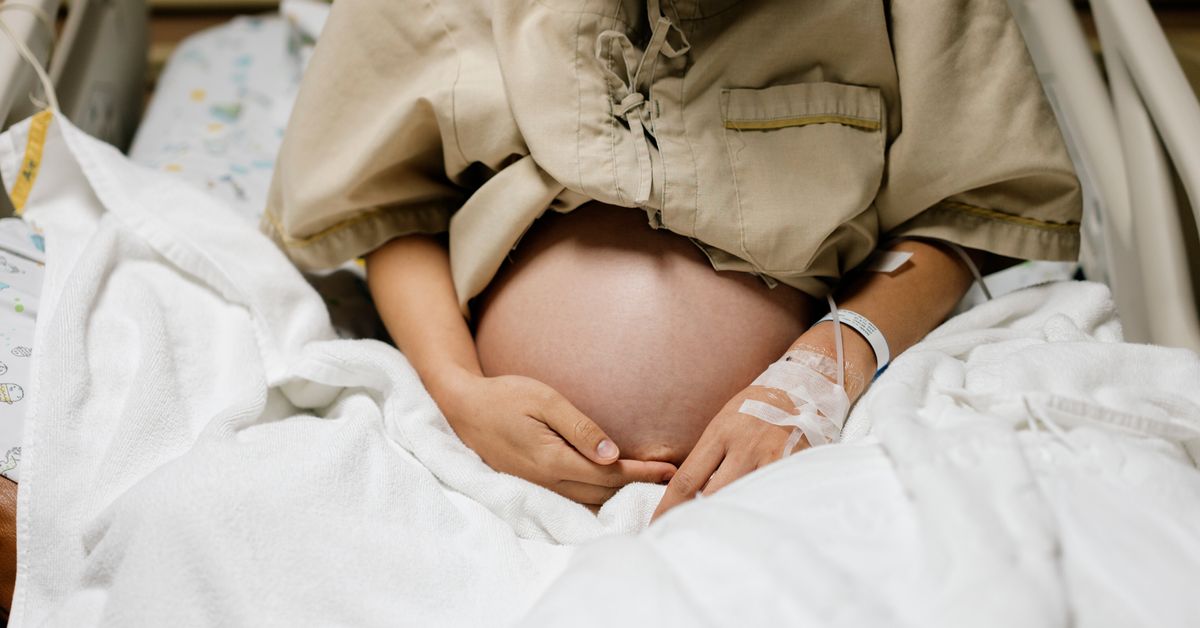When it comes to birth, we tend to focus on the prize. Having a child emerge from your body is, obviously, the main event. It’s followed by delivering the placenta, sometimes referred to as the “afterbirth.” Luckily, this part is usually pretty quick and painless — you may barely register that it’s even happening.
But in the hours and days that follow, your body will experience another minor milestone: the first postpartum poop. If you’re lucky, this will also be fast and forgotten as soon as you flush. However, given what your body has been through, the buildup to this event can be anxiety-inducing.
Here’s what you need to know, as well as some tips to ease discomfort.
How this poop is different
There are a number of factors that may make this particular trip to the bathroom feel more significant.
First, you may not have had a bowel movement in a while. “If you had a long induction or a long labor, and you haven’t eaten in a long time, you probably don’t have a lot that needs to come out. It may take several days,” Dr. Andrea Braden, an OB-GYN who practices in Georgia, told HuffPost.
Constipation may also be a side effect of pain medications, fluctuating hormones, or simply your own hesitation.
If you’ve had a cesarean section or an assisted delivery (via vacuum or forceps), or you’ve had a tear or episiotomy repaired with stitches, you may be in pain from that, and understandably reluctant to do anything that might aggravate your discomfort. But holding in your stool can make things worse.
“Some people will actually try to hold it in and not have a bowel movement, which causes constipation,” Braden said.
Hemorrhoids, which are common during this time, can also cause pain when you go to the bathroom.
While this is all uncomfortable, it isn’t unexpected.
“In my 26 years of experience, at least 90% of my clients have had trouble using the restroom after birth,” Kali King, a doula in Virginia, told HuffPost.
Tips for a smooth move
Stool softeners or laxatives can help you get that first bowel movement out without straining, which you’ll want to avoid if you ended up with stitches after your delivery.
“The goal would be to not push when you have a bowel movement,” Braden said. “You want it to come out very easily, because the pushing can cause a lot more pain and pressure on the incision sites, no matter where the incision is.”
King recommended light exercise or abdominal massage, as well as a squat position to help get things moving more easily.
Lori Bregman, a doula in Los Angeles, noted that staying hydrated is another way to prevent constipation. If you’re looking for something other than water, she recommends coconut water, bone broth and electrolyte drinks (like sports drinks). Fiber-rich foods like fruits and vegetables help, too.
A tablespoon of coconut oil can act as a natural stool softener, Bregman said, and a foot stool such as a Squatty Potty can help you get into a comfortable position while you’re on the toilet.
You’ll also be given a peri-bottle, a little plastic bottle that you can use to squirt water on your nether regions to clean yourself after going to the bathroom. This is much more comfortable than dry toilet paper, particularly if you had stitches in that area.
Hemorrhoid help
Hemorrhoids are “swollen blood vessels in the rectal area that develop from the pressure [of] your growing uterus and increased blood flow. They can be itchy and painful,” Bregman said.
Unfortunately, if you have them at the end of a pregnancy, delivery can exacerbate the problem. “They are extremely common during pregnancy and can get a lot worse especially if you pushed for a long time,” Braden explained.
Studies show that about 40% of people who give birth suffer from hemorrhoids before, during or following delivery. Pushing for longer than 20 minutes is associated with hemorrhoids, as are assisted deliveries (forceps or vacuum). Your provider may mention that you have them when they examine you after delivery, and you can also ask them directly.
The good news is that hemorrhoids “usually resolve on their own,” King said.
There are many things you can do to reduce the discomfort of hemorrhoids. Bregman recommends:
- chilled or frozen witch hazel pads with drops of vitamin E oil
- frozen leaf of an aloe vera plant
- sitting on a donut pillow
- using a footstool while on the toilet
- sitz baths
- ice
- comfrey root ointment
- acupuncture
When to call the doctor
Hemorrhoids can cause bleeding in the rectal area, but if you don’t have them, or you’re uncertain, bloody stool is definitely something to report to your health care provider.
As far as constipation, it’s probably time to call the doctor “if you haven’t had a bowel movement in a week and you’re feeling quite constipated,” Braden said.
Other symptoms that you’d want to report to your provider include “pain, swelling not going away, infection, weird smell, lots of bleeding and an intuitive feeling that something doesn’t feel right — always trust and follow that,” Bregman said.
King recommends that you not allow your provider “to downplay your symptoms.” If you feel that this is happening, you can look for a second opinion.

